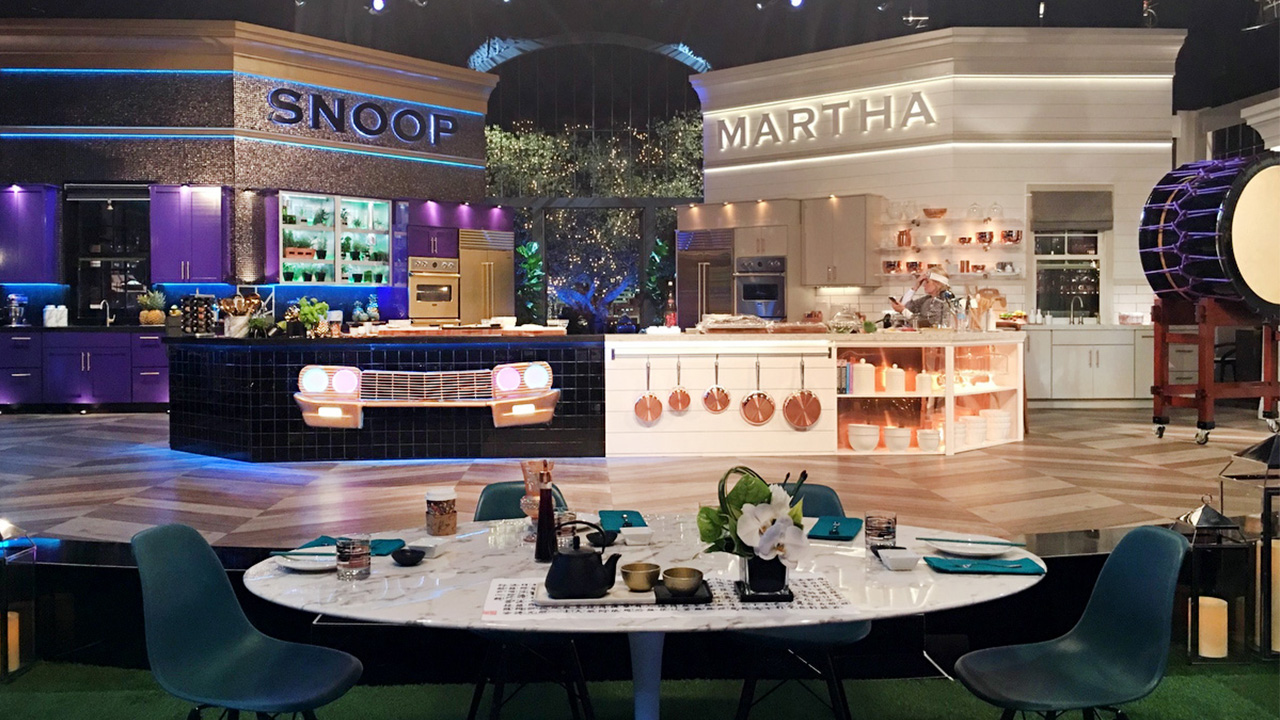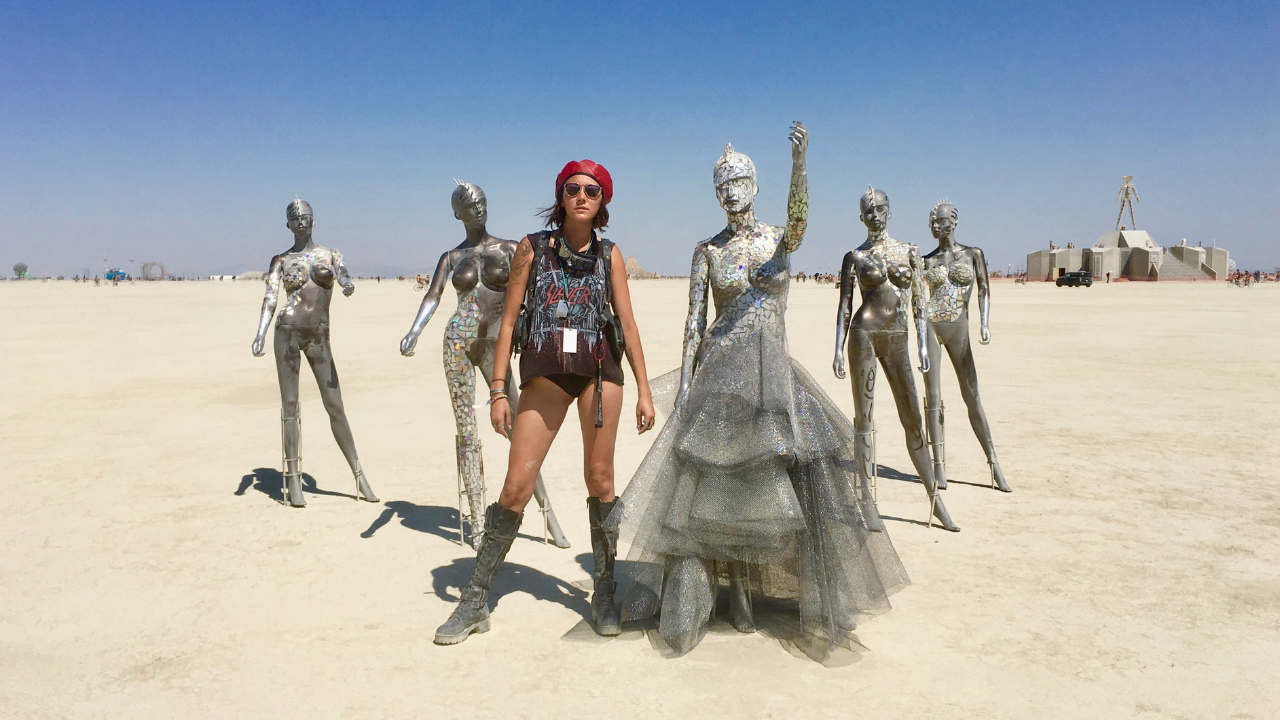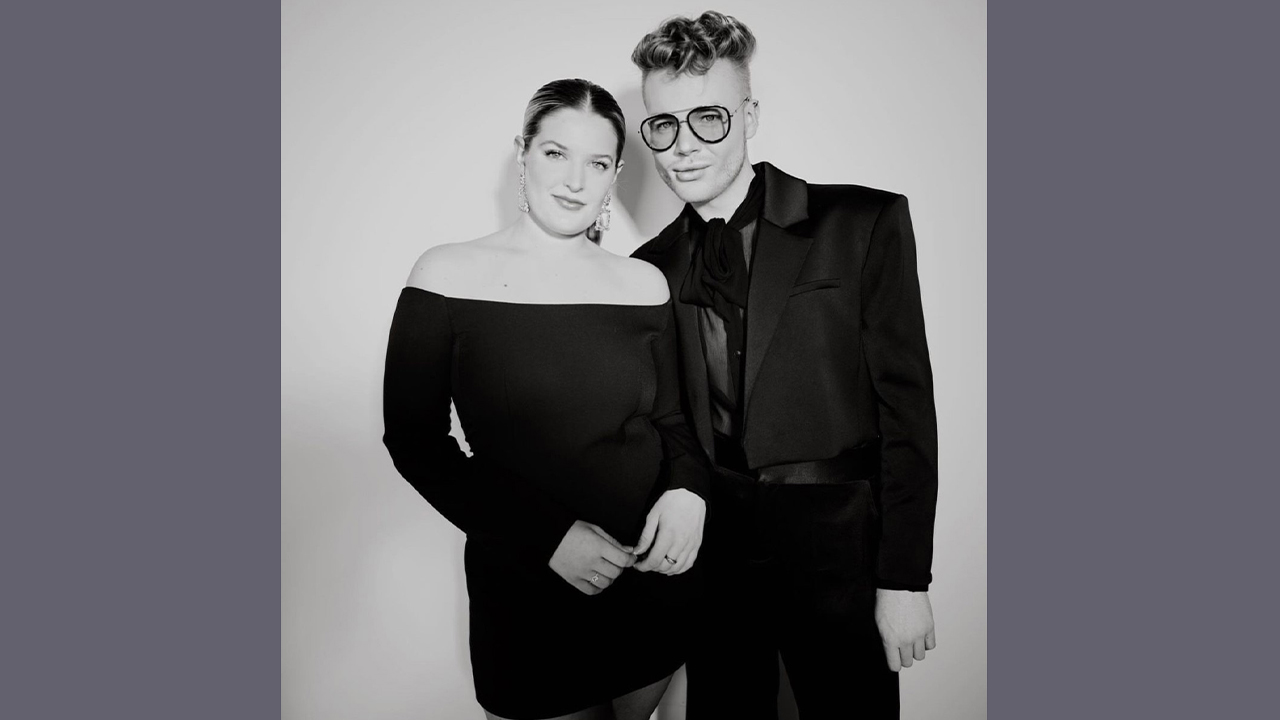
Emmy Nominated Production Designer James Pearse Connelly Guest Lectures on LA Campus
NBC’s The Voice Production Designer James Pearse Connelly and Art Director Lydia Smyth visited the Los Angeles campus recently as guest speakers in Instructor Phil Hoffman’s Art Direction class, sharing industry insights with students in Visual Communications and Entertainment Set Design & Decoration. Three of Phil’s students are currently interning with the J.P. Connelly Production Design Company this quarter—Becky Dee, Bailey Kuss, and Megan Scherner.
The Emmy nominated production designer walked the students through his design process, using his work on VH1’s cooking show Martha & Snoop’s Potluck Dinner Party, as an example.
James conceives and starts the process with research. What is Snoop’s style? What about Martha Stewart? Using books, Pinterest, Instagram, and loads of other sources, he pulls about two dozen images that convey “a vibe or a feeling” of the set design he’s thinking of.
Then he calls in the producer or the network president, or whomever is in charge, to go over the tear sheets and pencil sketches. “It’s a humble design process,” he said.
From that stage, he goes into rough planning using SketchUp. “The conceptual process is starting to take place,” he continued.
He calls this the “blocking out” phase—rough shapes that represent elements in 3-D. He’ll lay out things like supply walls, tables, and bow trusses in crude block shapes.
Working with a modeler, he finesses his concept, then takes it back to the producer. They discuss things like lighting and other important factors. James said it takes anywhere from five to ten rounds of creating 3-D models of the set before he brings in an art director.
James has been working on high profile projects with Emmy nominated Art Director Lydia Smyth for a number of years, and she was his art director on the Snoop & Martha show.
Lydia took the presentation from there and shared with the students her typical process. She said she redrafts the design in Vectorworks, as that’s pretty much the industry standard across many departments, including lighting.
One of the most important parts of her job is to figure out how to get the project completed on time and within the budget. She said the line producer will want to know immediately how much the set will cost to build. “It all comes down to square footage,” she said.
She builds a bid packet and drafts everything out—scenery, set dressing, the ground plan. She’s responsible for making sure there is a fire aisle and that everything will fit within the space they have. She determines the placement of everything on the set, including things like the jib crane, craft services tables, the power generator, and audience chairs.
Part of the art director’s job is to create detailed drawings of each asset—a wall, a cabinet, a window, a counter, crown molding. They are orthographic drawings in three views. Lydia said it’s a sort of an “architectural shopping list.”
At this point, they go into the building phase of the project, called load in. James will come into the shop and “touch the scenery,” offering feedback on finishes and how to hide the LED, for example.
Then, the art director works with the staging supervisor to figure out, hour by hour, what happens on ESU, which stands for Equipment Set Up. Some people say it stands for Everyone Show Up. “The first few days of load in are the best,” said Lydia. Starting with an empty room, the art director, key grip, and light director work together to build the set. It takes about 5-7 days.
Then there’s the wrap, where the art director hands in the final budget. Lydia said she likes to create a continuity book of beauty and tech photos, capturing things like the plumbing to the sink, for example. This type of documentation is helpful for future seasons.
Once the set is complete, the design is finished and the art director hands the reins over to the new art director, the one who handles the shooting of the show.
Lydia and James then fielded questions from the students and offered advice to those looking for internships. Lydia said, “Say yes to everything and be available.”
Categories: Entertainment Set Design & Decoration Visual Communication Los Angeles Campus Industry Partnerships




